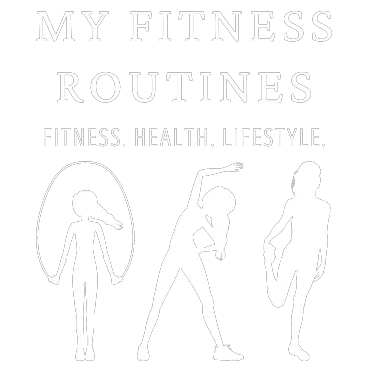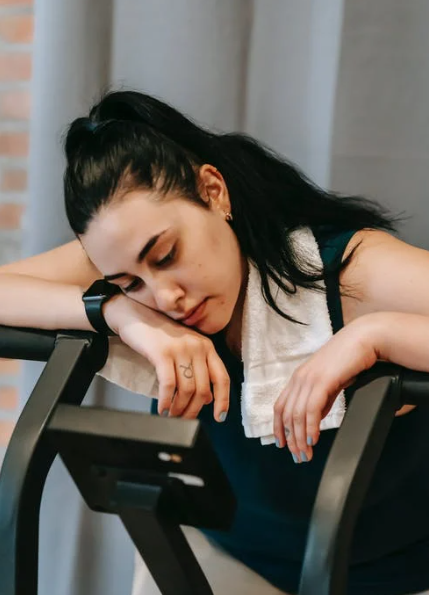Using Exercise As Therapy
- kim
- 0
- Posted on
Exercise has been shown to be an effective form of therapy for a variety of mental and physical health conditions. Exercise can help to improve mood, reduce anxiety and stress, increase energy levels, and promote overall physical health. For people who are dealing with mental health issues, exercise can be an important part of treatment. It can help to ease symptoms and improve overall well-being. Exercise can also be beneficial for people who are recovering from physical injuries or illnesses. By slowly increasing activity levels, patients can regain strength and mobility while reducing pain and inflammation. Ultimately, exercise helps to improve the quality of life for people of all ages and abilities. Whether you are dealing with mental or physical health issues, Exercise As Therapy may be able to help you improve your condition and live a healthier, happier life.
Many people nowadays are using exercise as therapy. And, I can’t blame them, with everything going on in the world, using exercise as therapy sounds pretty dang awesome.
Using Exercise As Therapy
Below, I have outlined a few ways why using exercise for therapy is a good thing and how you can use exercise for your own well-being.
Exercise Is Now Looked To Help Treat And Prevent Illness
Exercise therapy has been defined as any regular physical activity that is performed to improve health, but “health” can encompass mental as well as physical health. Here we will look at various ailments and see how exercise therapy can aid in the healing or prevention of them.
It is important to note that before beginning any exercise routine you should consult with your physician as to what would be appropriate for you.
Obesity
We’ve always known that more physical activity can help us burn those calories and either shed or prevent the onset of a few extra pounds. Daily physical activity helps to offset the daily caloric intake. To prevent weight gain, exercise such as a brisk daily walk will do the trick.
If your goal is not simply to prevent weight gain, but to lose what is already there you will want to progressively increase that walk, both by distance and by speed.
Diabetes
Physical activity has actually been proven to help those suffering from diabetes. Exercise does this by improving circulation in the body and lowering blood sugar levels. Some that have suffered from diabetes were able to reduce their insulin intake after starting and sticking with an exercise program.
Others that began a program when they were borderline diabetics were able to stay off medicines completely. One study has shown that when diabetics added weight training to their exercise regimen their blood sugar levels began to stabilize and their medication worked more efficiently.
High Cholesterol
When we think of fighting high cholesterol, we immediately think of changing our diet, which is definitely one of the first things we need to alter. But along with adding proper nutrition to our lifestyle, we should add an exercise program.
How will exercise help? Exercise raises the HDL (good) cholesterol in our bloodstream. The HDL helps clear away the LDL (bad) cholesterol.
High Blood Pressure
Being physically active can reduce your risk of developing high blood pressure by as much as 52%. The best exercise therapy to begin with for those with hypertension is walking.
Stress
Exercise has long been known to be a stress reducer. Why? Vigorous activity increases our pulse rate and blood flow and helps us use up the adrenaline in our bodies that is put there in stressful situations. Although vigorous or aerobic exercise works best for stress reduction, even a walk or a brisk walk will help alleviate stress.
Depression
Exercise can help people beat depression for a number of reasons, some of which we can prove and understand, and some of which we can’t. What is proven? Physical activity and exercise cause the body to release endorphins, which are naturally occurring chemicals in the body that are known to elevate moods. Other ways exercise can help overcome depression are speculative, yet real to all of us who have experienced them.
What Kind Of Exercises Should I Do?
So we’ve seen how exercise can be used as therapy in a variety of situations, but what exercise is best? That should be decided by you and your caregiver, who knows your overall health and what your limitations may be. But let’s take a look at just some of the many forms of exercise that are commonly used as therapy.
Walking
Walking is probably the easiest way for a sedentary person to begin an exercise program. Anyone can do it regardless of money or space constraints and it usually is ok regardless of most physical conditions, but check with your doctor first.
Aerobic activity
Any activity that raises the heart rate and sustains it for at least 20 minutes is considered aerobic, whether it’s jogging alone or dancing with a class. If you are looking to greatly improve cardiovascular function or lose weight, aerobics are usually recommended.
For optimum cardiovascular benefits, exercise must become a permanent part of a daily/weekly routine. However, it is imperative you get approval from your physician before starting an aerobic program, especially if you have been sedentary.
Weight training
Weight training helps build muscle tone, condition the body, and reduce stiffness. For years it has also been known to strengthen our bones and help prevent osteoporosis or bone loss in post-menopausal women. As mentioned previously, it has also been claimed to regulate blood sugar in diabetics.
There are many other forms of exercise that can be explored if you are looking for a type of exercise therapy. There is everything from water aerobics or aquacise to T’ai Chi or Tae Kwon Do in the martial arts fields. When choosing an exercise as therapy you need to first consult your doctor and together determine the results you are looking for.
Do you want to improve your mental well-being? Then any form of physical activity will do. Are you looking to increase muscle tone or improve cardiovascular function? Then your therapy needs to get more specific?
Be sure to choose an exercise therapy that you will enjoy and be able to stick with. Above all, remember that regardless of the results you are seeking from your therapy, any exercise is better than none.
Now the next time you see someone jogging down the street remember, that they may not necessarily be training for the next local marathon. They may be trying to lower their cholesterol, get their blood sugar in check or simply forget about their stressful day.
Disclaimer: Please note that this blog post is not a substitute for medical advice. The information provided above should not be used as a basis for diagnosing, treating, or preventing any medical condition or disease. Before making any modifications to your diet, sleep regimen, daily routine, or exercise program, consult your physician. My Fitness Routines is not liable for any physical harm or injury that may result from the suggestions, opinions, or recommendations provided in this article.





